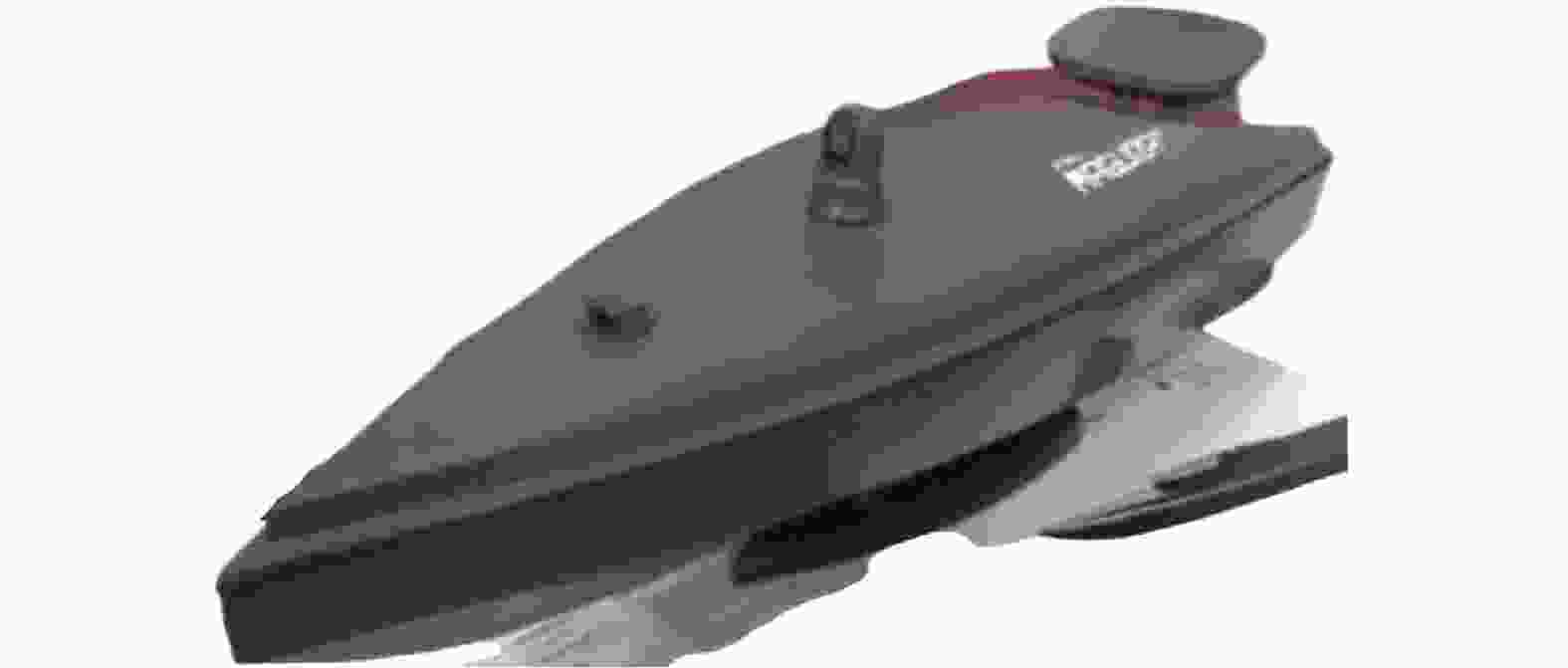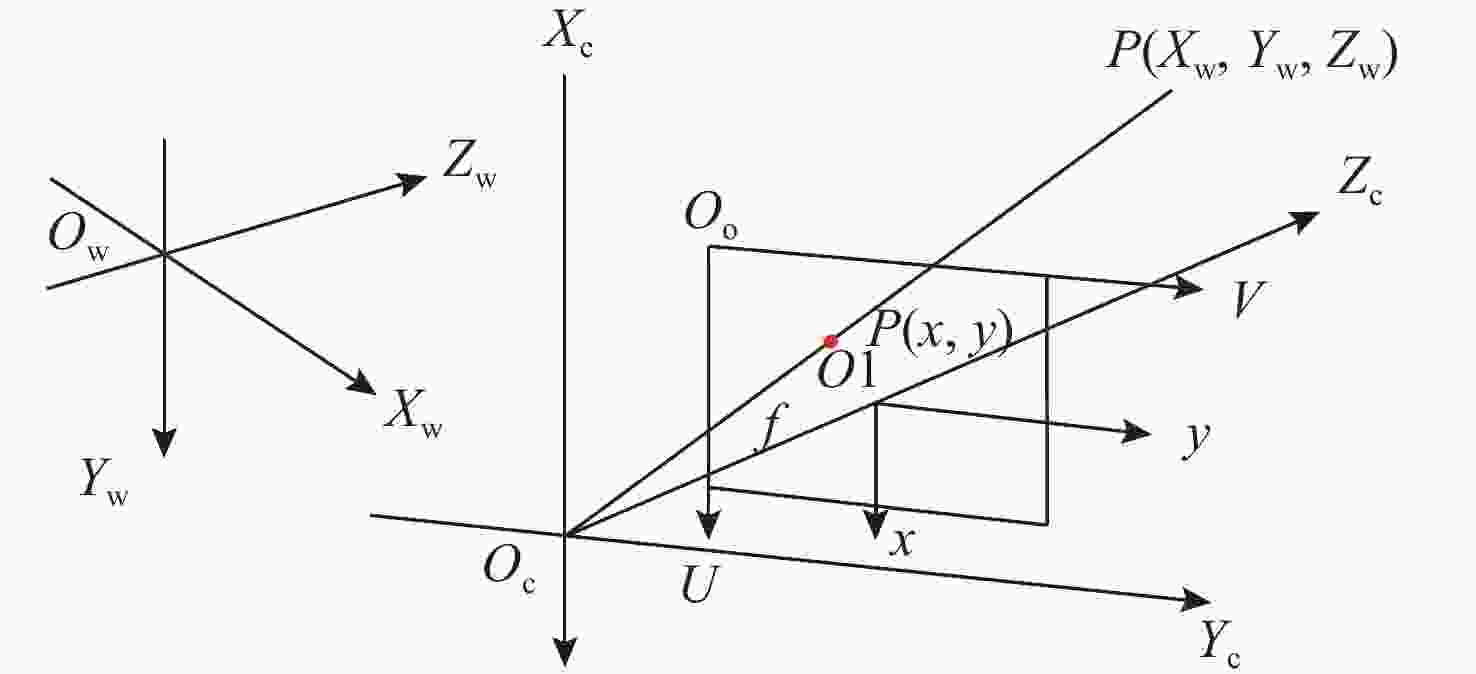Defense Strategy for Suicide Unmanned Surface Vessels Based on Sea and Air Unmanned Clusters
-
摘要: 近期俄乌战场上自杀式无人艇的运用被高度关注, 针对反自杀式无人艇袭扰这一问题, 文中通过“无人对无人”的思想, 提出一种以无人艇、无人机等低成本平台为基础, 具备“协同赋能、自主管控、敏捷响应”的新型反自杀式无人艇袭扰概念。统筹运用多个轻量化、具备简单交互和自主决策能力的无人艇、无人机等平台, 通过分析典型自杀式无人艇能力, 研究海空协同任务分配与规划、跨平台协同侦察定位等关键技术, 构建新型侦察防御无人系统, 不仅能全天候准实时覆盖重点防御区域, 针对入侵可疑目标做到敏捷确认、即察即打, 还能拓展高价值目标的防御纵深、构建多层防御带, 应对自杀式无人艇集群的“狼群”式袭击。Abstract: The recent use of unmanned surface vessels(USVs) in the Russia-Ukraine conflict has received much attention. To prevent the attacks of suicide USVs, the idea of using unmanned platforms to counter USVs was followed, and a new concept of preventing the attacks of suicide USVs by using low-cost platforms such as USVs and unmanned aerial vehicles(UAVs) featuring “collaborative enabling, autonomous control, and agile response” was proposed. Multiple lightweight USVs, UAVs, and unmanned platforms with simple interaction and autonomous decision-making capabilities were used. By analyzing the capabilities of typical suicide USVs, key technologies such as sea and air collaborative task assignment and planning and cross-platform collaborative reconnaissance and positioning were studied, so as to build a new unmanned reconnaissance and defense system. This system not only ensured all-weather and quasi-real-time coverage of key defense areas but also achieved agile confirmation and immediate response to invading suspicious targets. Furthermore, it expanded the defense depth of high-value targets and established multiple layers of defense against the attacks of suicide USVs in clusters.
-
表 1 典型自杀式无人艇能力分析表
Table 1. Analysis of the capability of typical suicide USV
无人艇型号 艇长/m 排水量/kg 作战半径/km 最大航程/kg 续航时间/h 最大航速/kn 通信手段 控制方式 传感器 有效载荷/kg 半潜式 5.5 1 000 400 800 60 42 StarLink 可自主航行 光电、红外 200 MAGURA V5 5.5 — — 830 60 40 StarLink 可自主航行 光电、红外 320 SEABABY — — — — — — StarLink 可自主航行 光电、红外 800 表 2 “扫描鹰”无人侦察机性能参数
Table 2. Performance parameters of the Scanning Eagel unmanned reconnaissance aircraft
性能参数 参数值 长/m 1.2 翼展/m 3.1 空重/kg 12.0 最大起飞质量/kg 18.0 任务载荷/kg 3.2 巡航速度/(km/h) 90.0 最大飞行速度/(km/h) 120.0 最大飞行高度/m 4 800.0 表 3 第1波次打击处置统计表
Table 3. Table of the first batch of strike damage
目标 是否击毁 距离防御中心距离/m 0001 是 10 353.2 0002 否 — 0003 是 10 195.0 0004 是 11 459.5 表 4 第2波次打击处置统计表
Table 4. Table of the second batch of strike damage
目标 是否击毁 距离防御中心距离/m 0002 是 6 623.4 0005 是 7 284.6 0006 是 10 777.7 -
[1] 李楠, 陈练, 庞衍鹏, 等. 无人艇装备技术发展与作战运用探析[J]. 舰船科学技术, 2019, 41(23): 29-34. doi: CNKI:SUN:JCKX.0.2019-23-008Li Nan, Chen Lian, Pang Yanpeng, et al. Analysis of the development and operational application of unmanned boat equipment technology[J]. Ship Science and Technology, 2019, 41(23): 29-34. doi: CNKI:SUN:JCKX.0.2019-23-008 [2] 李伟, 徐轩彬, 郑振宇. 世界无人艇技术研发动态与作战使用分析[J]. 舰船电子工程, 2022, 42(4): 4-5. doi: 10.3969/j.issn.1672-9730.2022.04.002Li Wei, Xu Xuanbin, Zheng Zhenyu. Research and development dynamics and operational use analysis of world unmanned boat technology[J]. Ship Electronic Engineering, 2022, 42(4): 4-5. doi: 10.3969/j.issn.1672-9730.2022.04.002 [3] 佟海鹏, 徐海刚, 刘兆平. 海战场环境下舰载巡飞弹技术分析[J]. 飞航导弹, 2012(1): 4-11.Tong Haipeng, Xu Haigang, Liu Zhaoping. Technical analysis of shipborne patrol missiles in marine battlefield environment[J]. Aviation Missile, 2012(1): 4-11. [4] 田呈培. 交通场景下的运动目标检测与跟踪的算法研究[D]. 杭州: 杭州电子科技大学, 2016. [5] Huang F, L X, Zhang L. Coarse-to-fine sparse self-attention for vehicle re-identification[J]. Knowl. Based Syst., 2023, 270: 110526. doi: 10.1016/j.knosys.2023.110526 [6] 高金玉. 多无人艇协同控制中的任务分配方法研究[D]. 哈尔滨: 哈尔滨工程大学, 2024. [7] Wu J, Yu Y, Ma J, et al. Autonomous cooperative flocking for heterogeneous unmanned aerial vehicle group[J]. IEEE Transactions on Vehicular Technology, 2021, 70(12): 12477-12490. [8] 姜燕, 王道波, 林飞, 等. 基于匈牙利融合遗传算法的多无人机不平衡目标分配[J]. 电光与控制, 2023, 30(5): 6-10. doi: 10.3969/j.issn.1671-637X.2023.05.002Jiang Yan, Wang Daobo, Lin Fei, et al. Unbalanced target allocation of multiple unmanned aerial vehicles based on hungarian fusion genetic algorithm[J]. Electro Optics and Control, 2023, 30(5): 6-10. doi: 10.3969/j.issn.1671-637X.2023.05.002 [9] 谷稳. 基于进化匈牙利算法的目标分配问题研究及应用[D]. 西安: 西安电子科技大学, 2024. [10] 刘琨. 多无人艇协同搜索与围捕方法研究[D]. 哈尔滨: 哈尔滨工程大学, 2019. [11] 刘召庆, 张芳, 朱镭, 等. 巡飞弹目标定位精度分析[J]. 应用光学, 2022, 43(4): 7-11.Liu Zhaoqing, Zhang Fang, Zhu Lei, et al. Analysis of target positioning accuracy of patrol missiles[J]. Applied Optics, 2022, 43(4): 7-11. [12] 徐艺博, 于清华, 王炎娟, 等. 基于多源信息融合的巡飞弹对地目标识别与毁伤评估[J]. 系统仿真学报, 2024, 36(2): 511-521.Xu Yibo, Yu Qinghua, Wang Yanjuan, et al. Ground target recognition and damage assessment of cruise missiles based on multi-source information fusion[J]. Journal of System Simulation, 2024, 36(2): 511-521. -





 下载:
下载:
















